Titanium is often heralded as a ‘wonder metal’ amongst cyclists. And look, I don’t disagree – it’s a really nice metal.
But the number of times I’ve heard it described as ‘riding on a cloud’ is staggering. Yes, the shiny gold appearance and the smooth beaded welds are beautiful, but in terms of ride quality – titanium as a material makes barely an iota of difference when compared to other metals.
This is from a guy who’s spent lots of time on dozens of titanium bikes including my recent 2500km bike trip in Japan.
I can explain myself here.
Firstly, let’s talk about comfort. The diamond frame design of a metal bicycle frame is structurally very rigid, resulting in very little vertical compliance. Therefore, it’s your tyres, seatpost and seat that largely dissipate the vibrations coming up through the road – each component up to 25mm of flex vertically.
Not only are vibrations dissipated through the bike, but the things you carry in your panniers or bikepacking bags also help to make the bike feel smooth.
I’ve found the key characteristics to a ‘right’ feeling touring bike are: frame stiffness, smart frame geometry and whether you can achieve a body position that’s comfortable when cycling all day long. The material itself is way down the list. You’ll be able to find flexy aluminium bikes, weak steel bikes and uncomfortable titanium bikes.
You can read my in-depth steel vs aluminium vs titanium comparison HERE.
Ok, what’s the deal with titanium then?
Scratches buff right out of titanium
Titanium is really scratch resistant. Even after years of abuse, you can bring titanium frames back to life with a good sand and buff. I think that this is the no.1 reason why titanium is a great material for a touring bike – and it’s definitely the reason I’d go titanium for bikepacking where the bags scratch the frame.
Titanium won’t rust
Another cool thing about titanium is that you can leave it in sea spray as long as you like and it won’t rust.
Titanium is lighter than steel
With the right engineering, you can build a titanium frame about 20% lighter than a steel frame of equal stiffness and strength. That means a 2.6kg steel touring frame may end up being closer to 2.1kg in titanium.
The thing with weight is that it needs to be put in context. Weight is a rider, plus bike, plus gear. If you weigh 80kg, your bike weighs 12kg and your gear 8.0kg – that 0.5kg saving is only 0.5% off your total weight.
Through my weight testing, I’ve found that 1.0kg is worth, at most, one minute per 100km of cycling (in the mountains). Unless you have really deep pockets, titanium is an expensive way to save weight, and I’d recommend finding other ways to do that.
Titanium Touring Bike Options
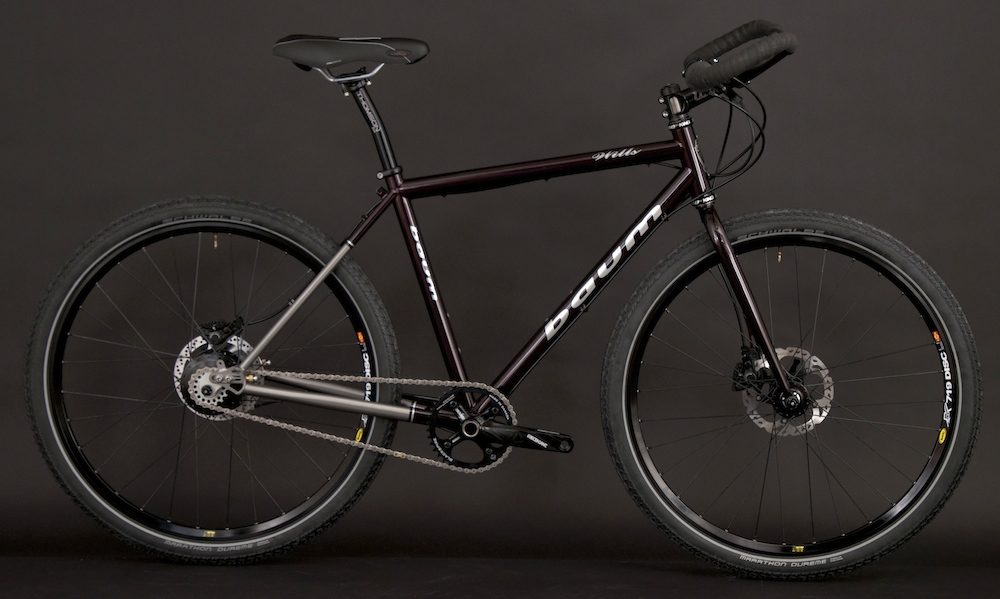
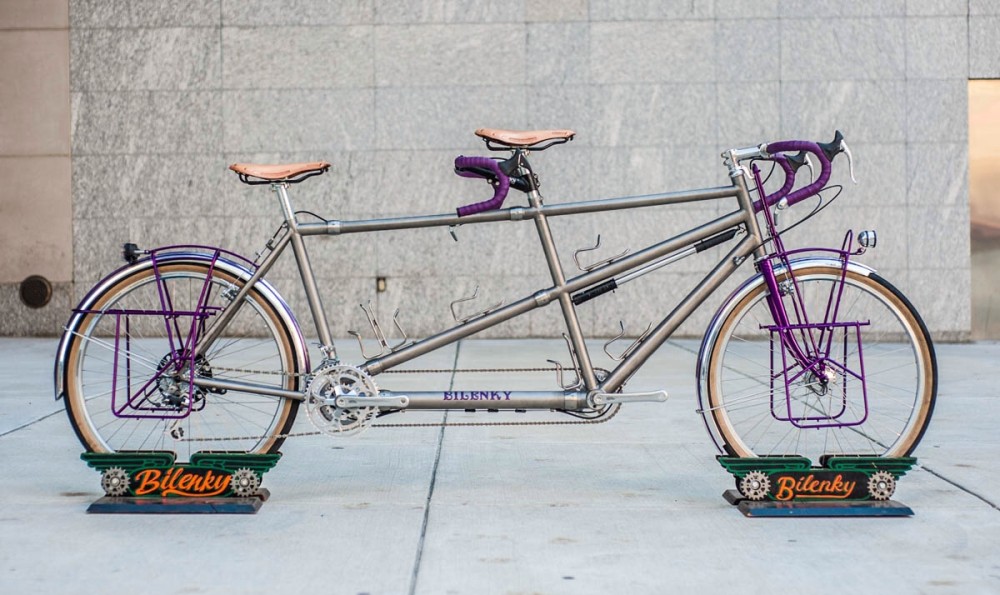
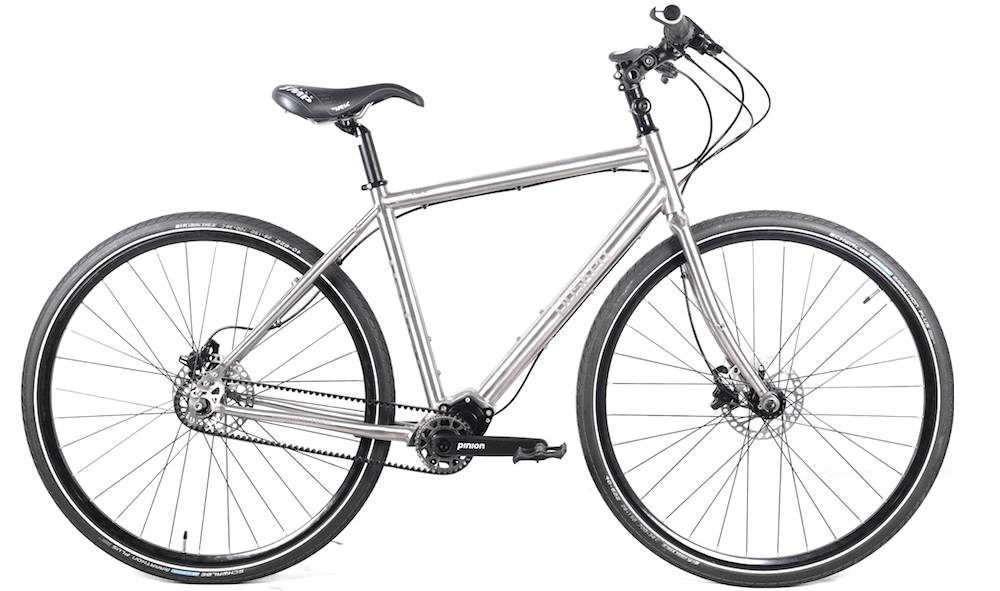
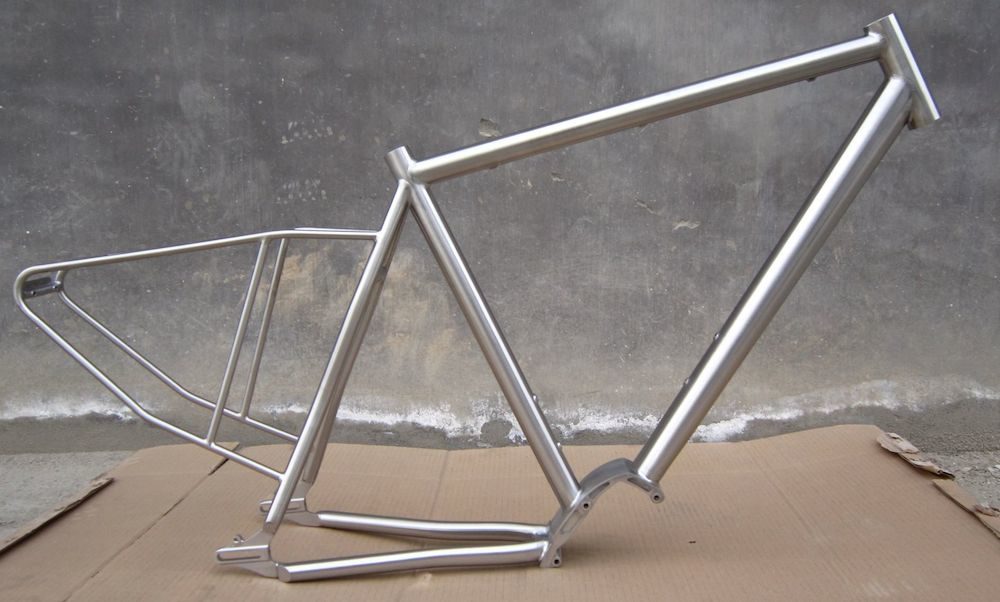
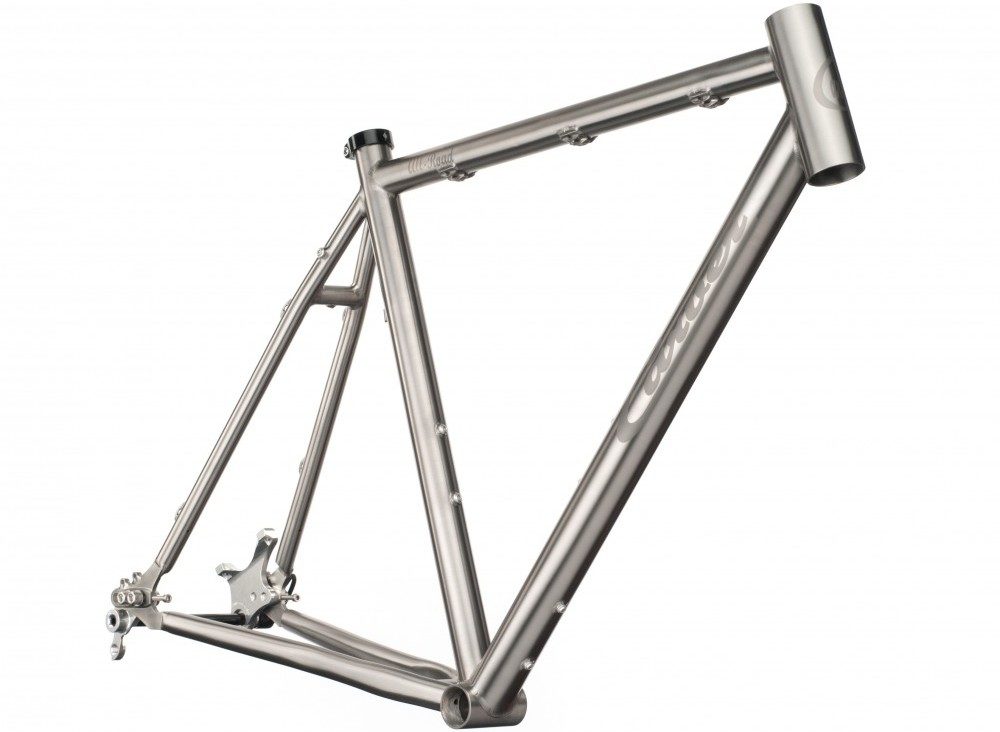
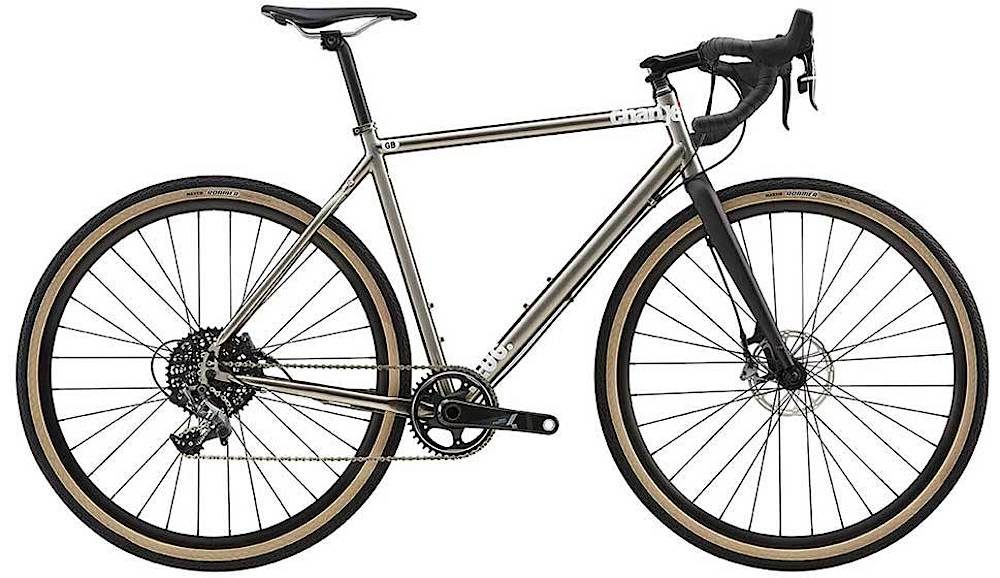
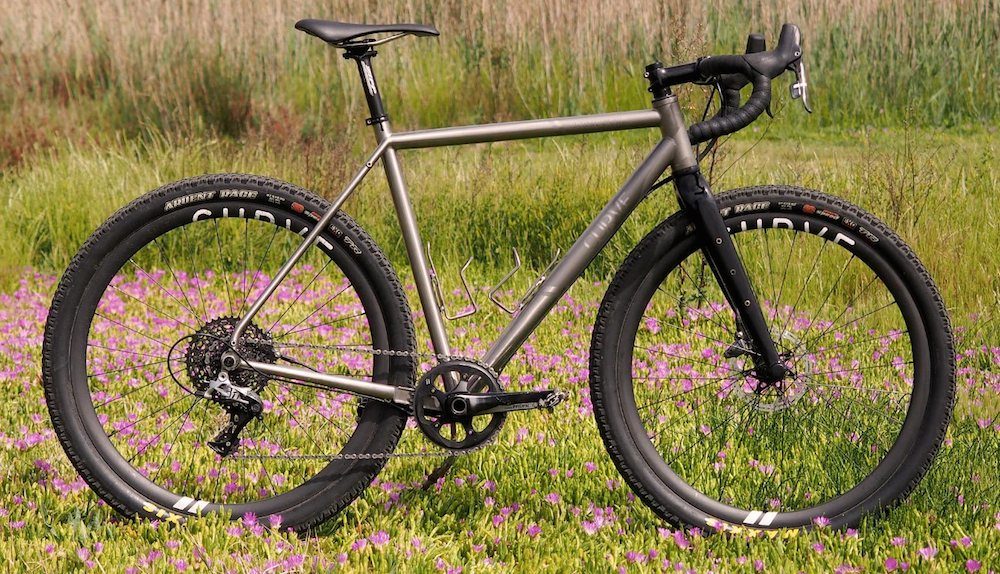
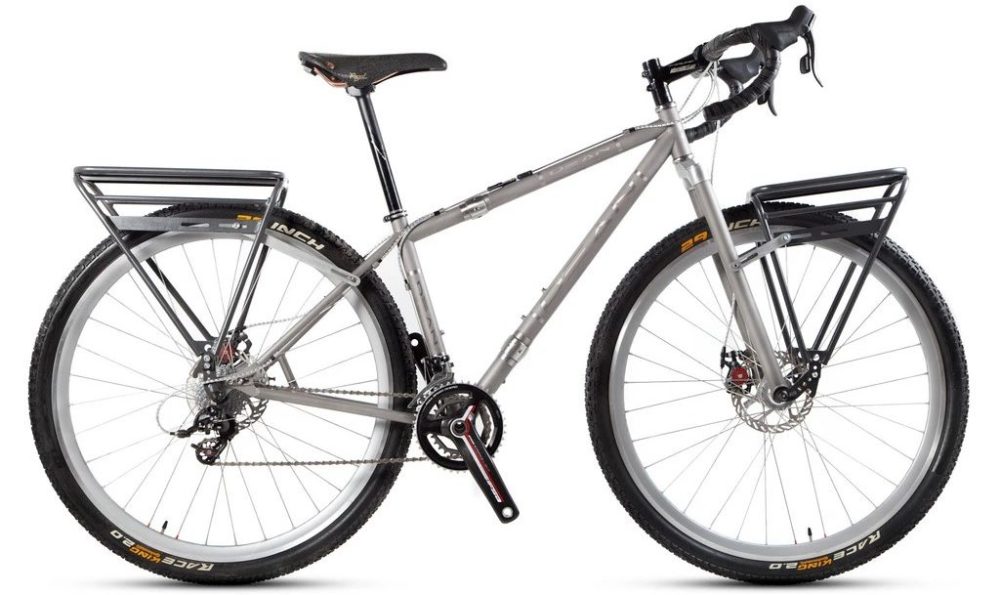
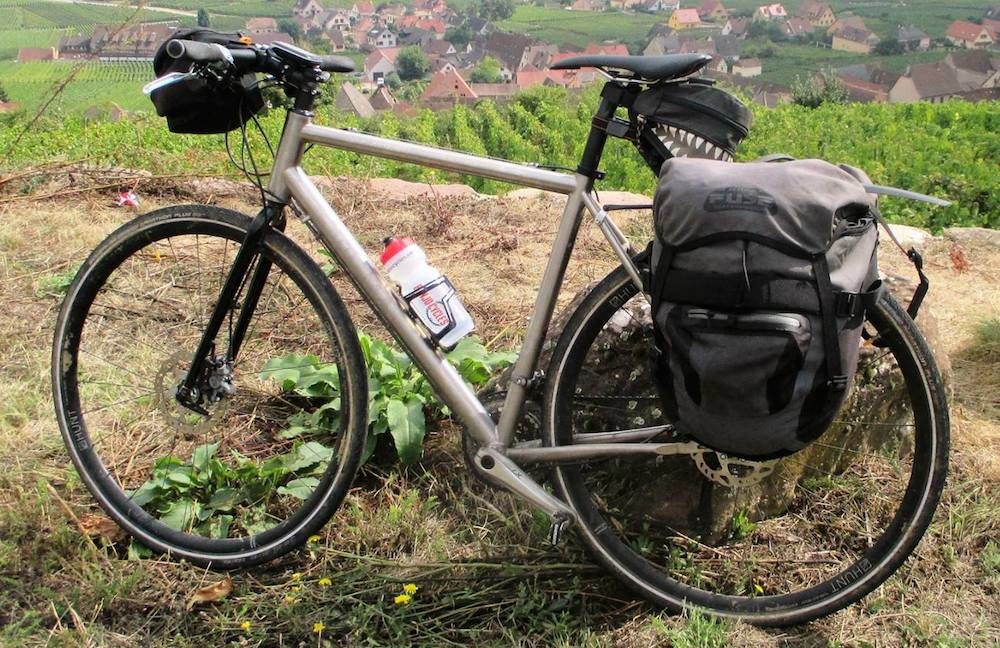
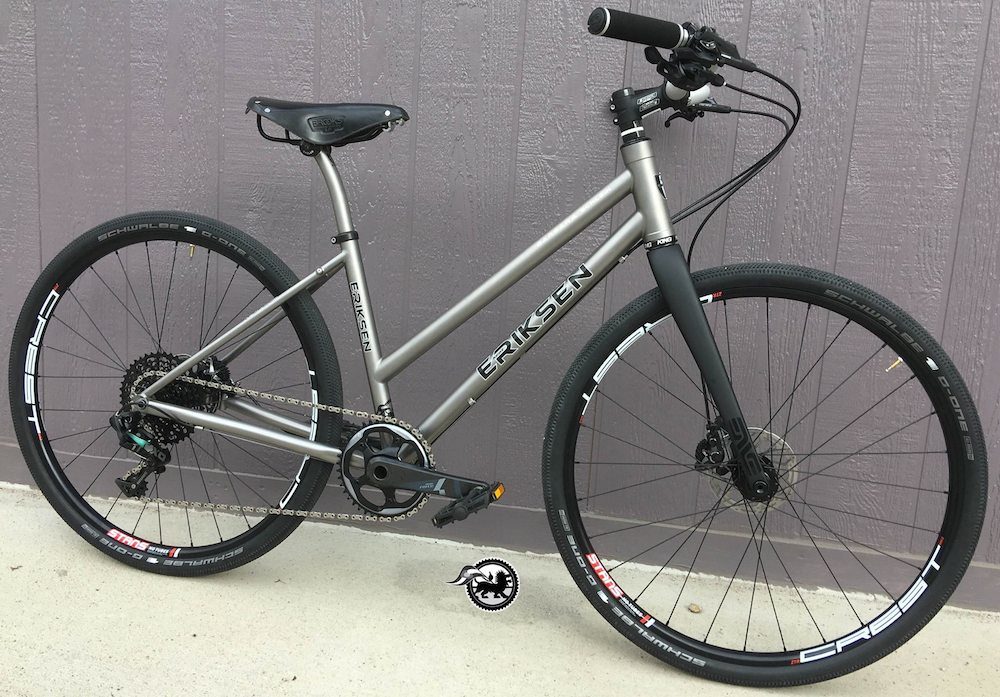
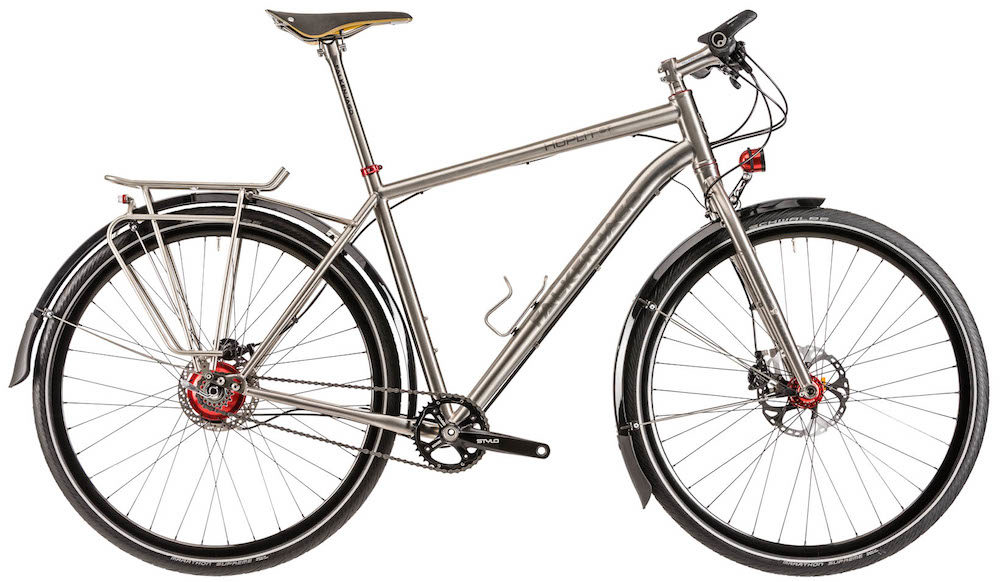


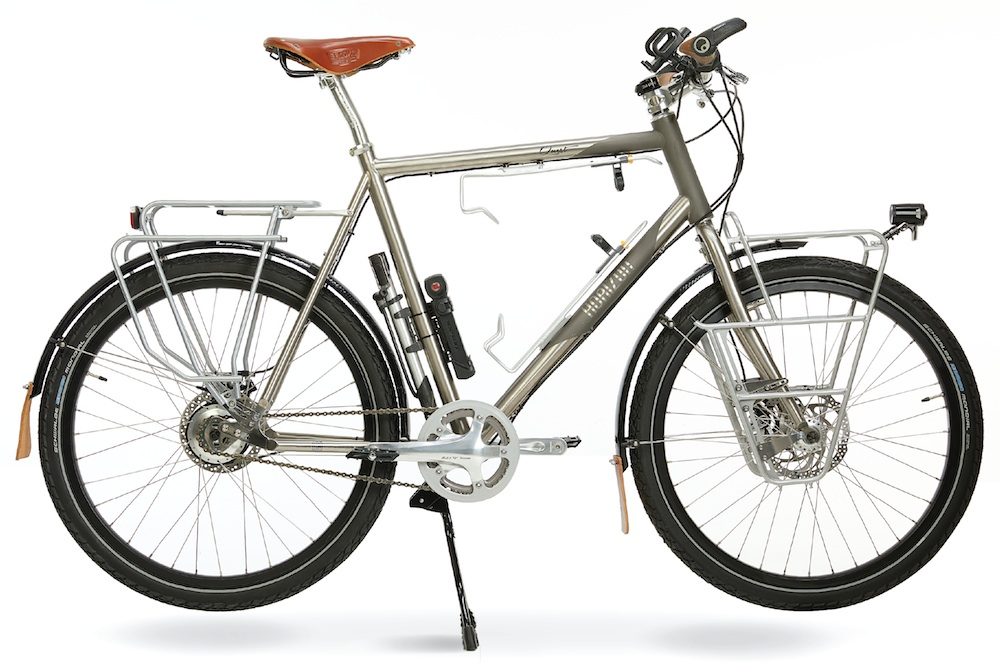
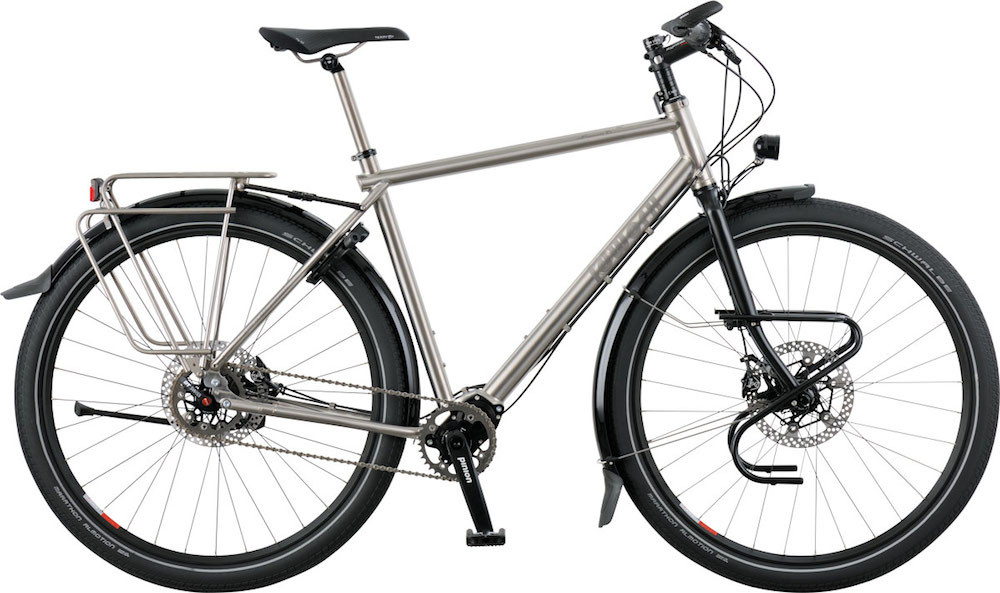
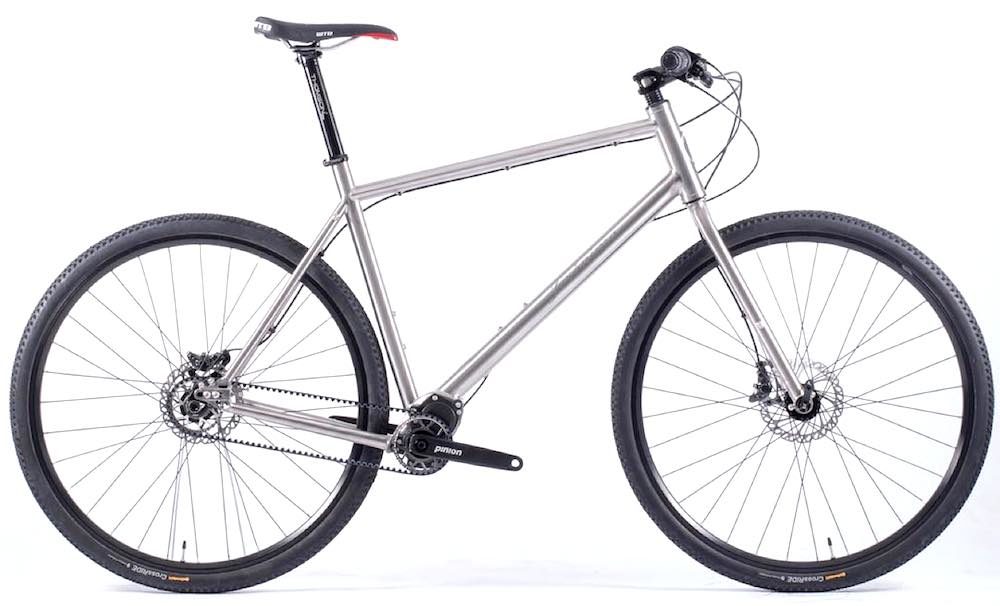
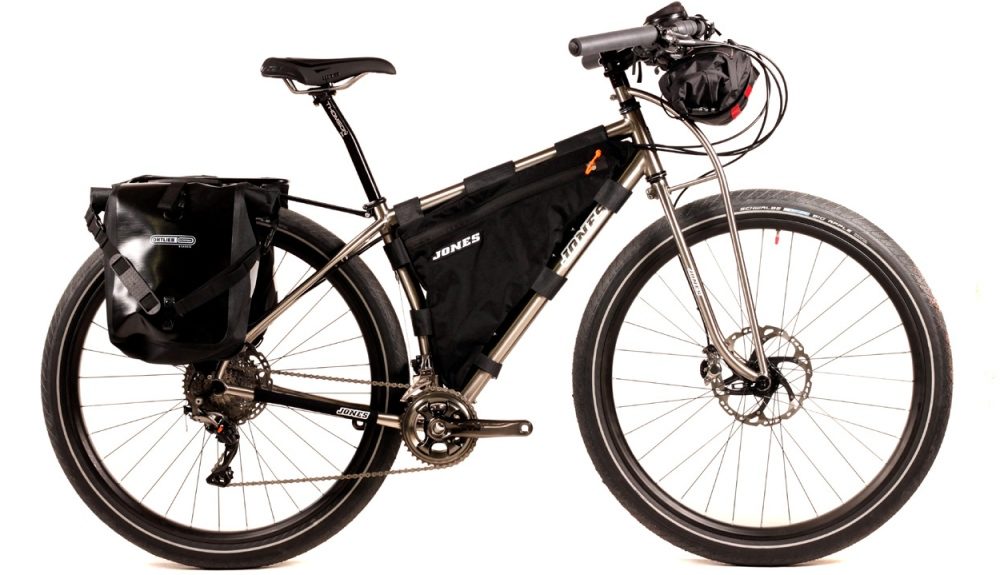
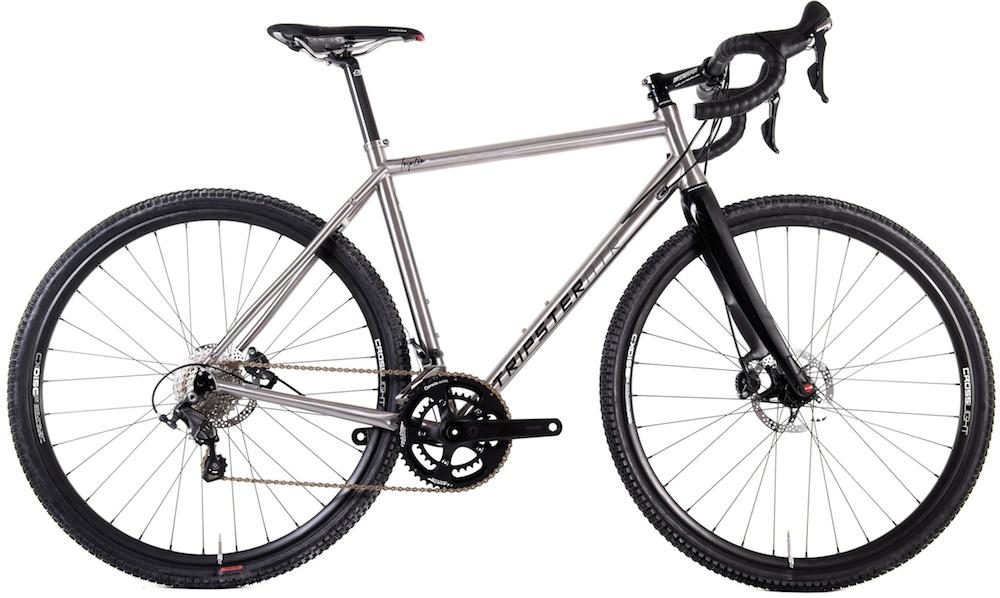
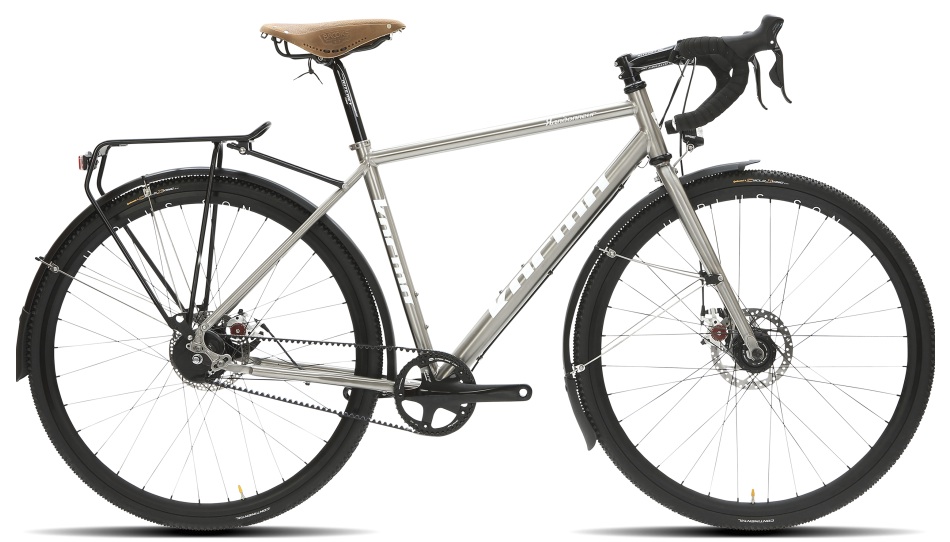
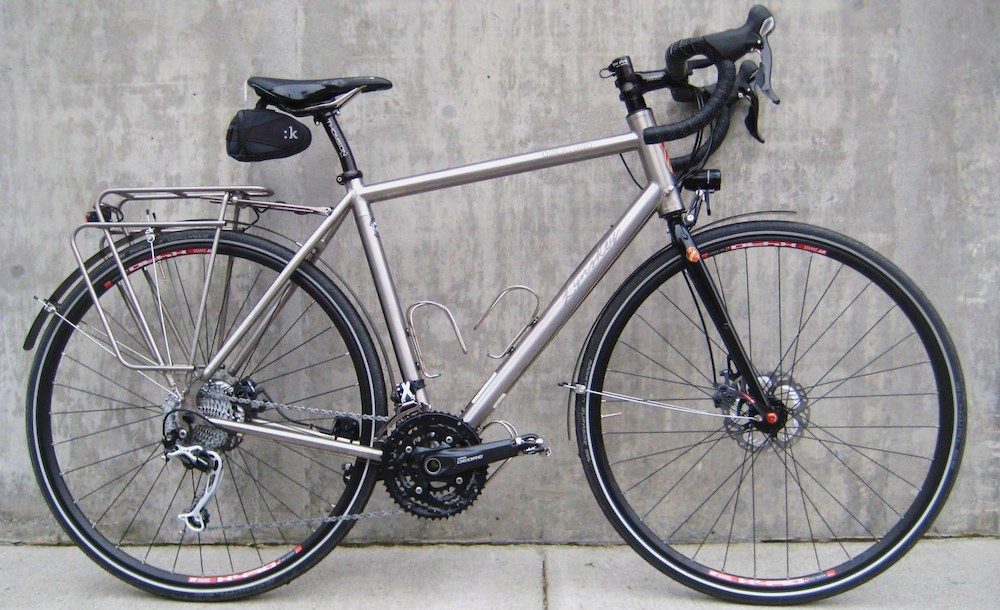

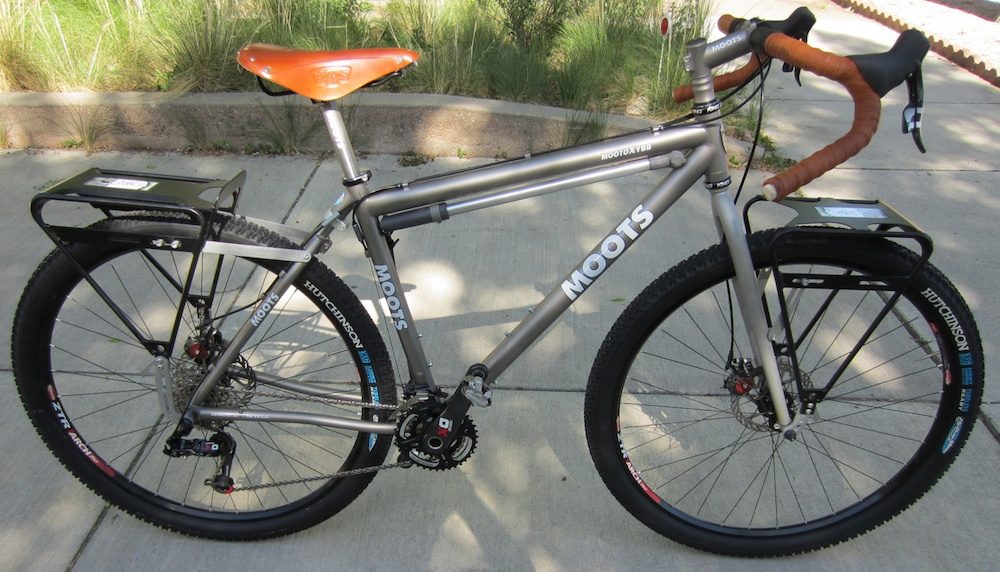
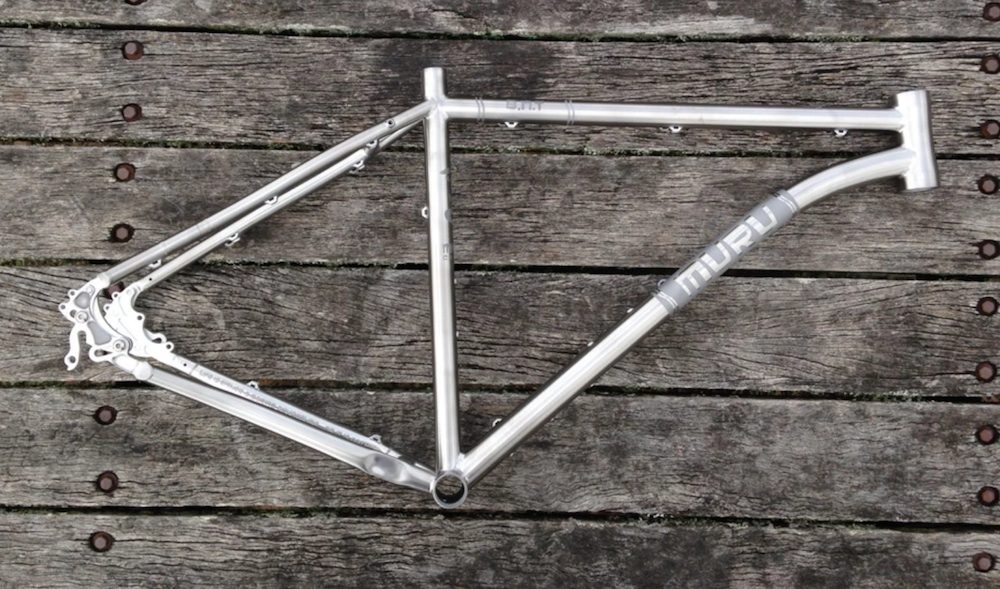
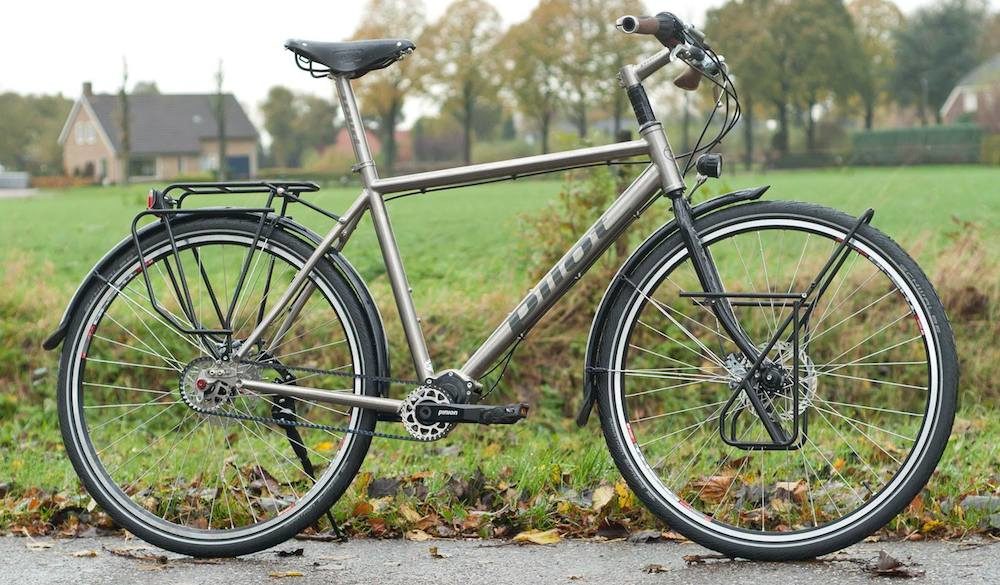
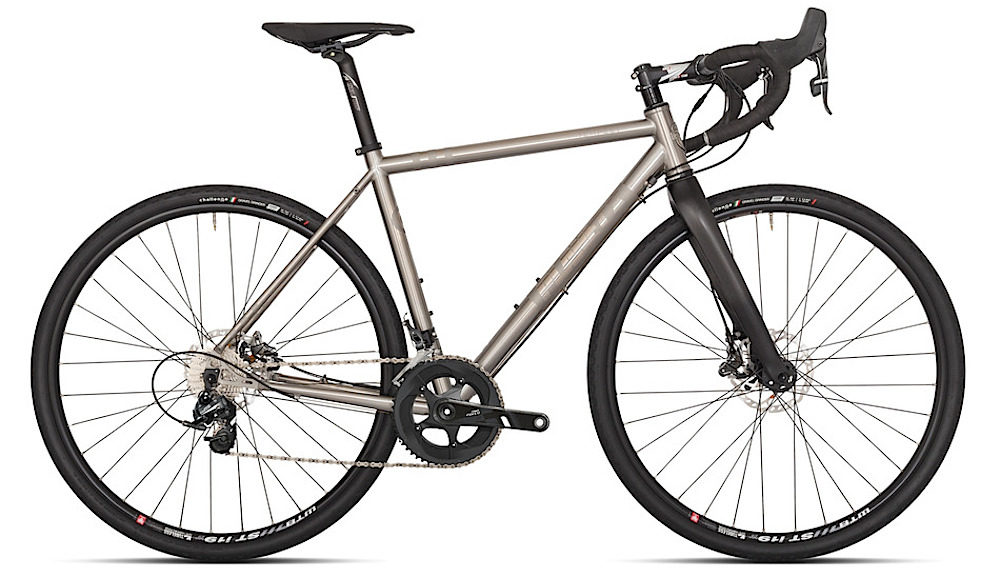
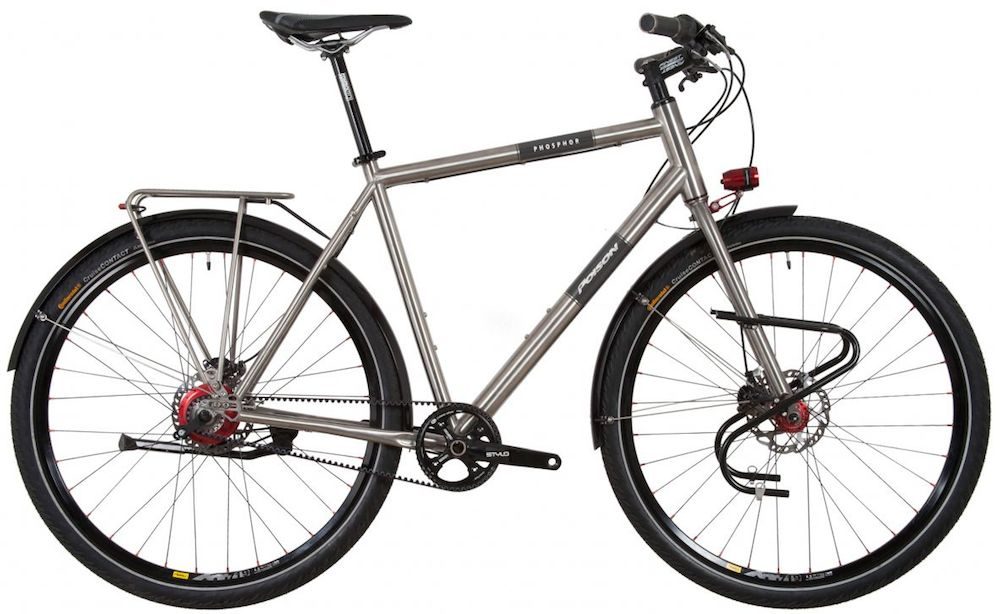
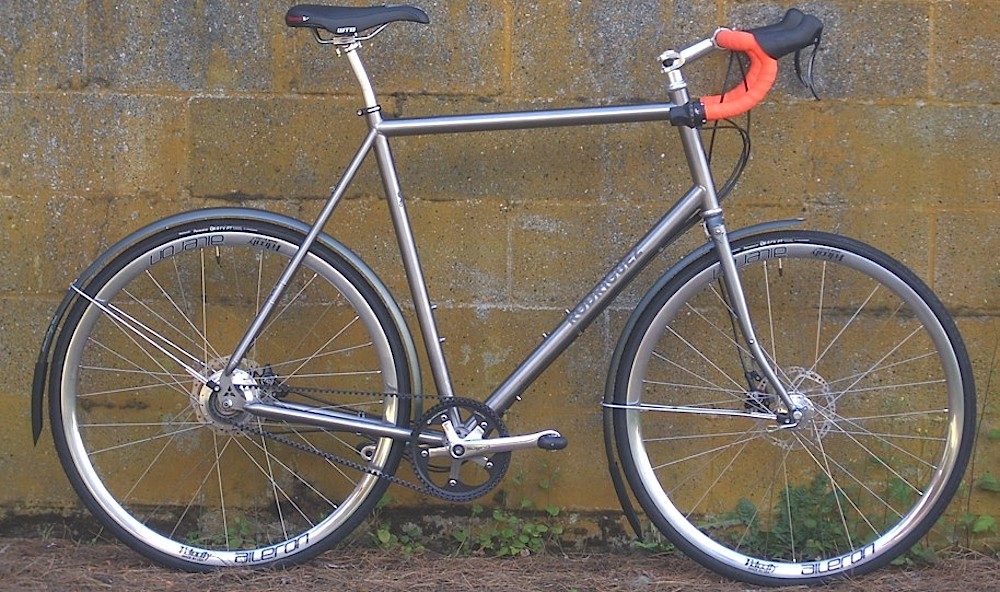
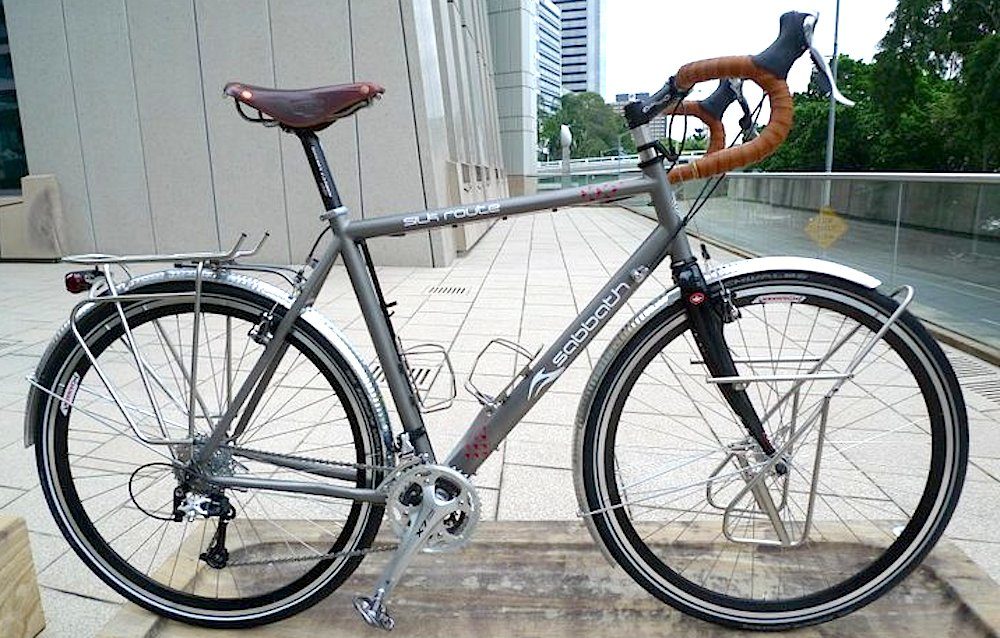

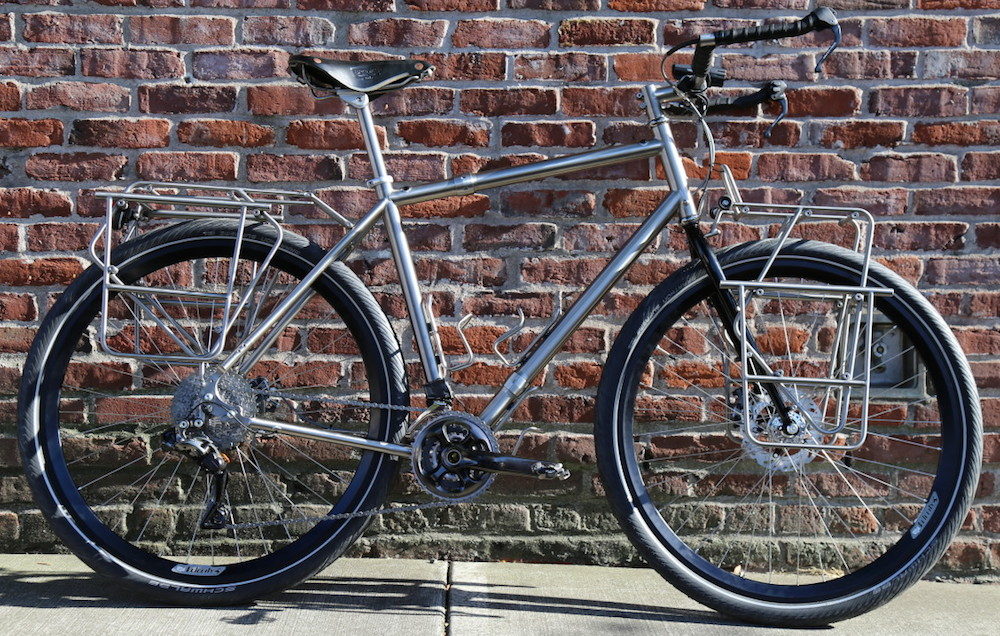
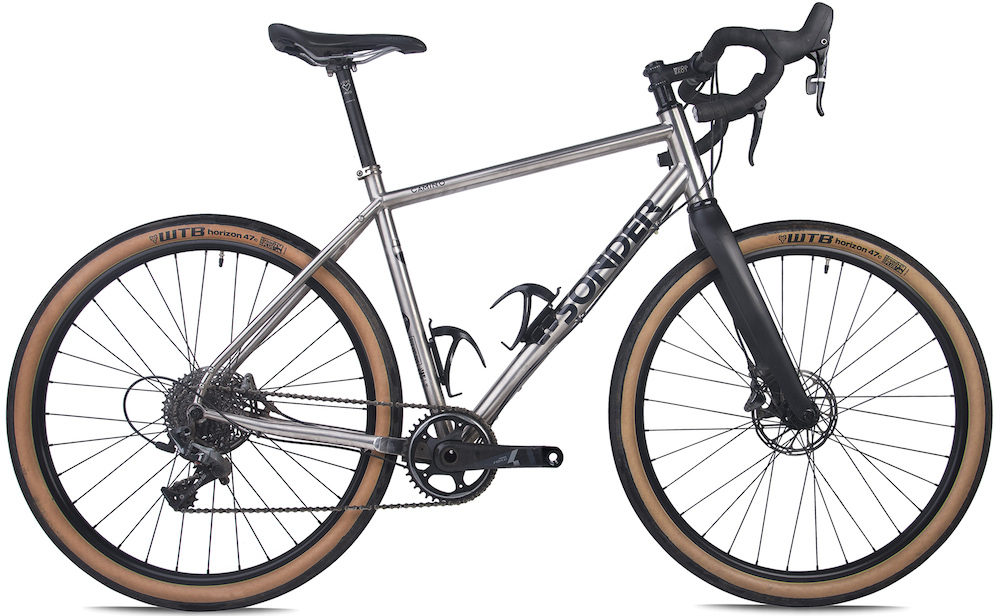
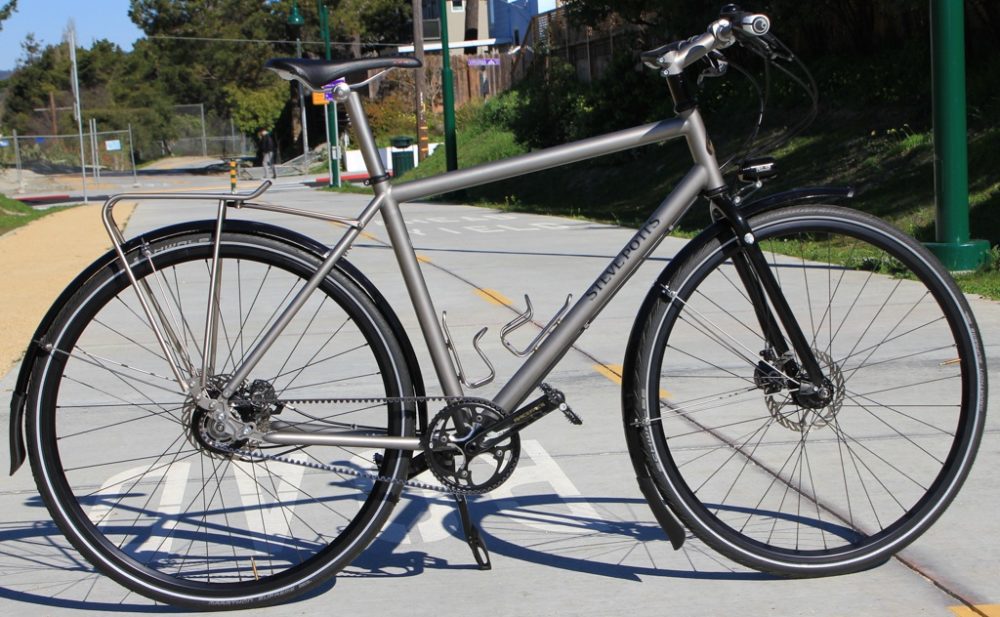

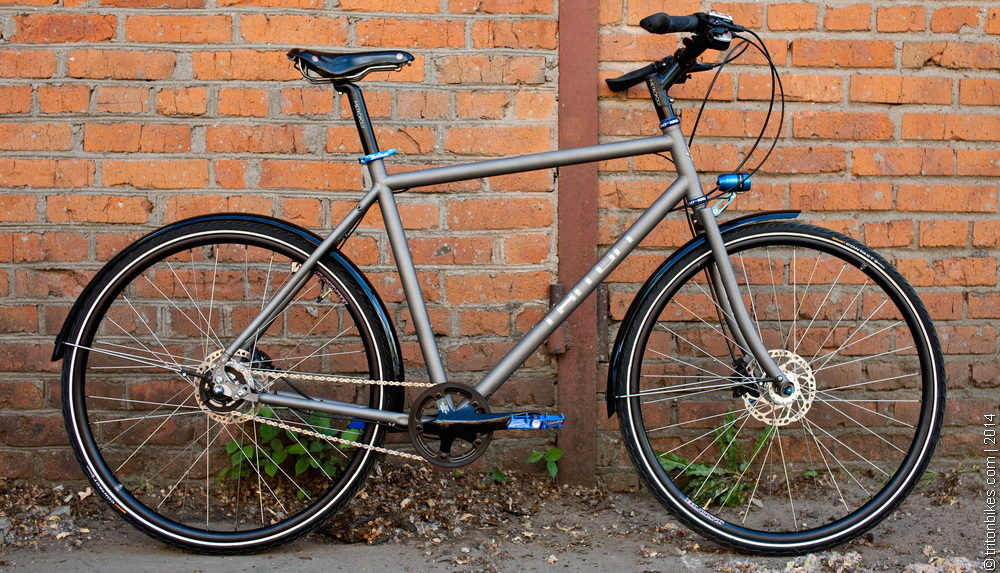
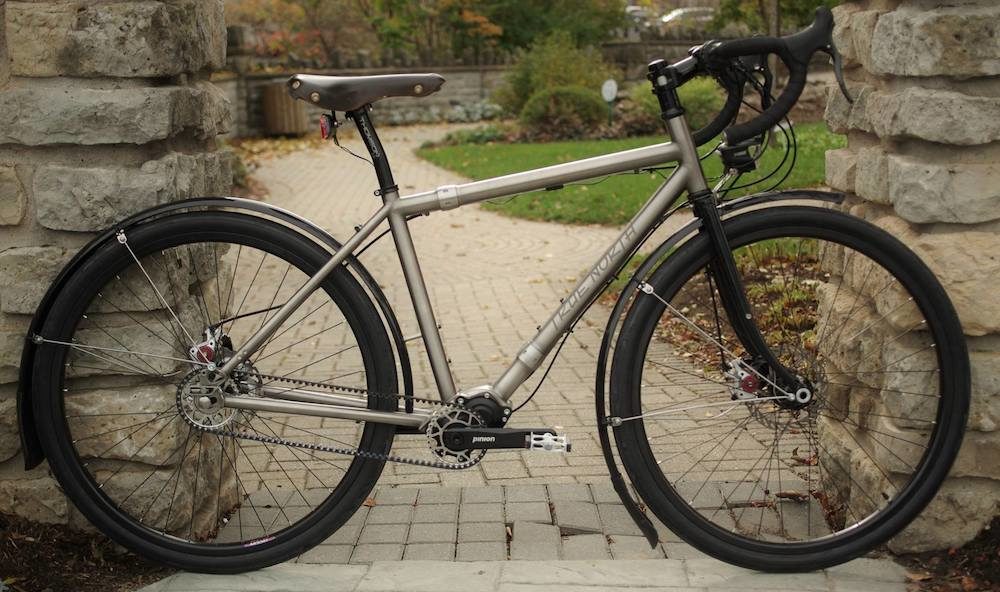
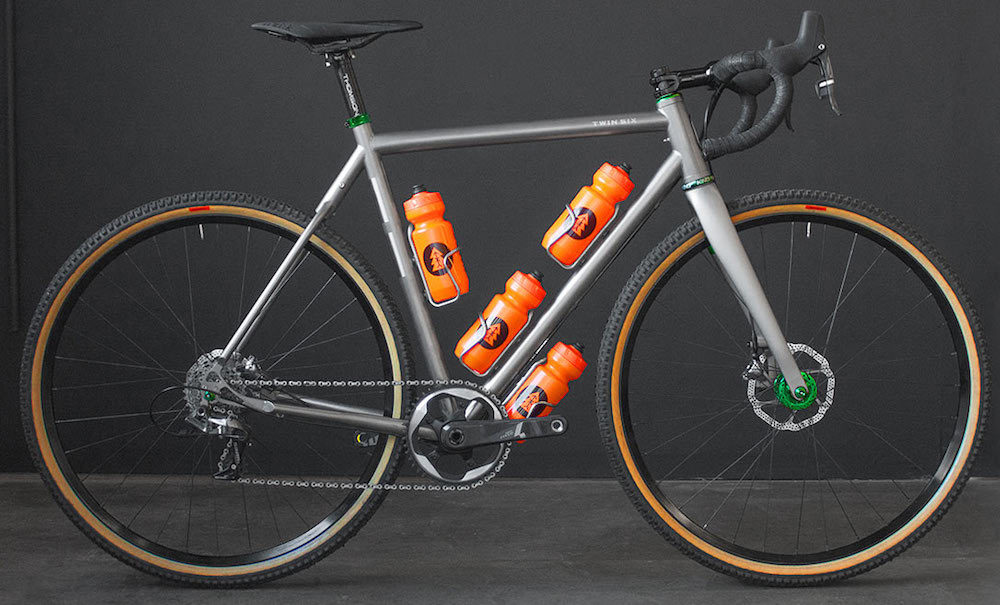
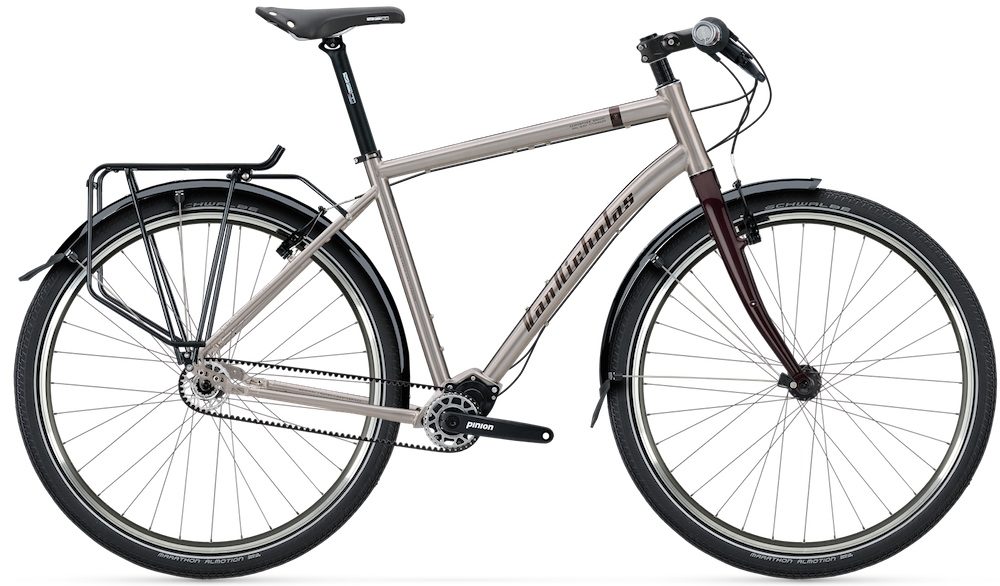
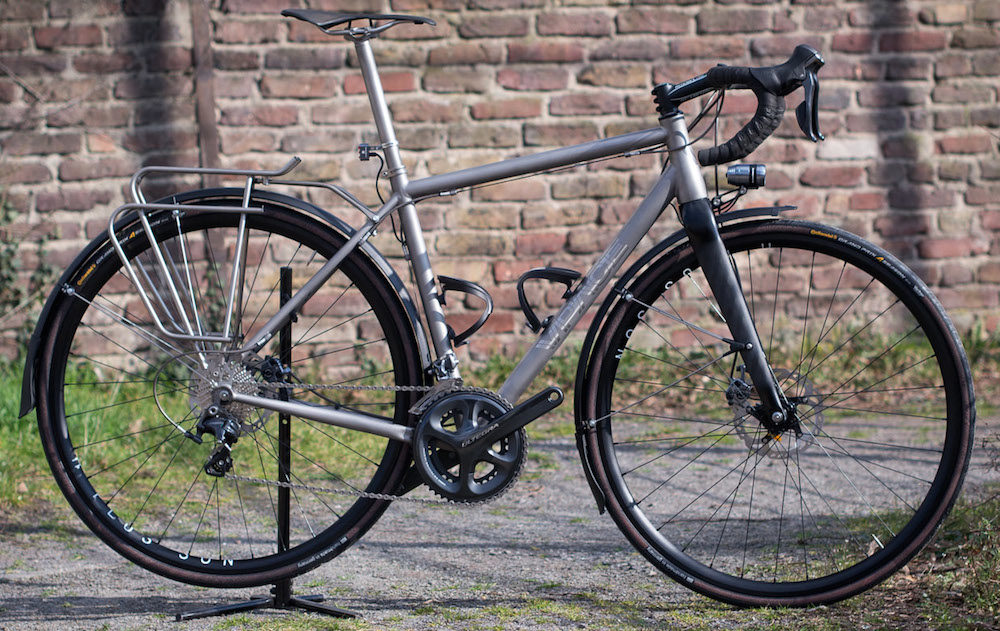
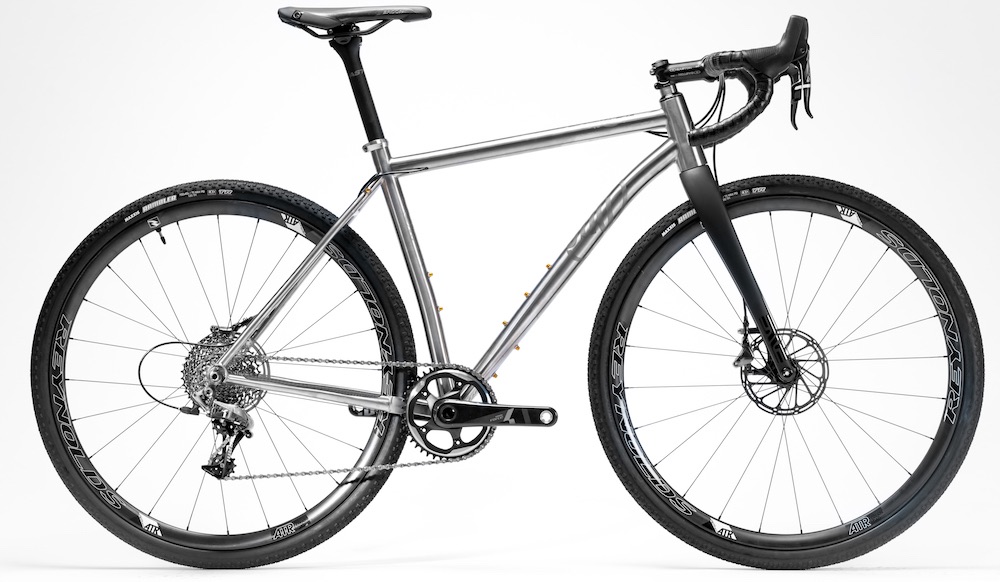
Have I Missed Any Titanium Touring Bike Manufacturers?


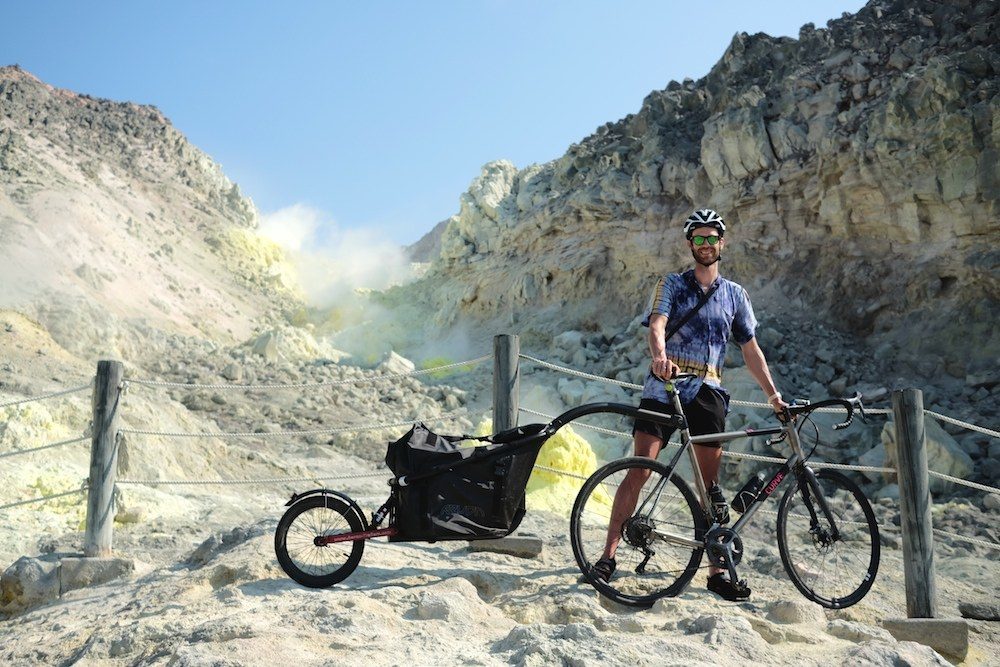
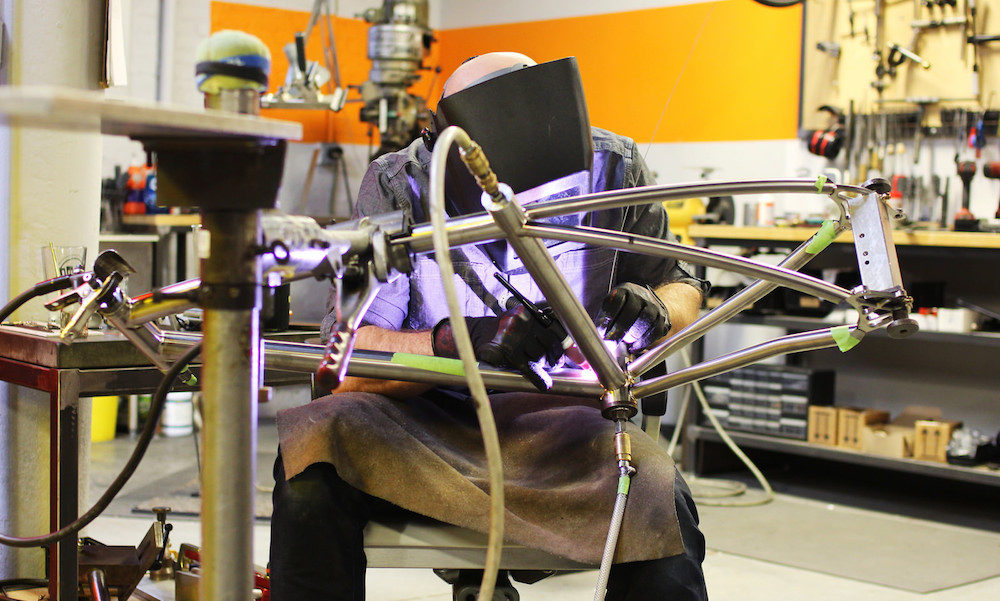
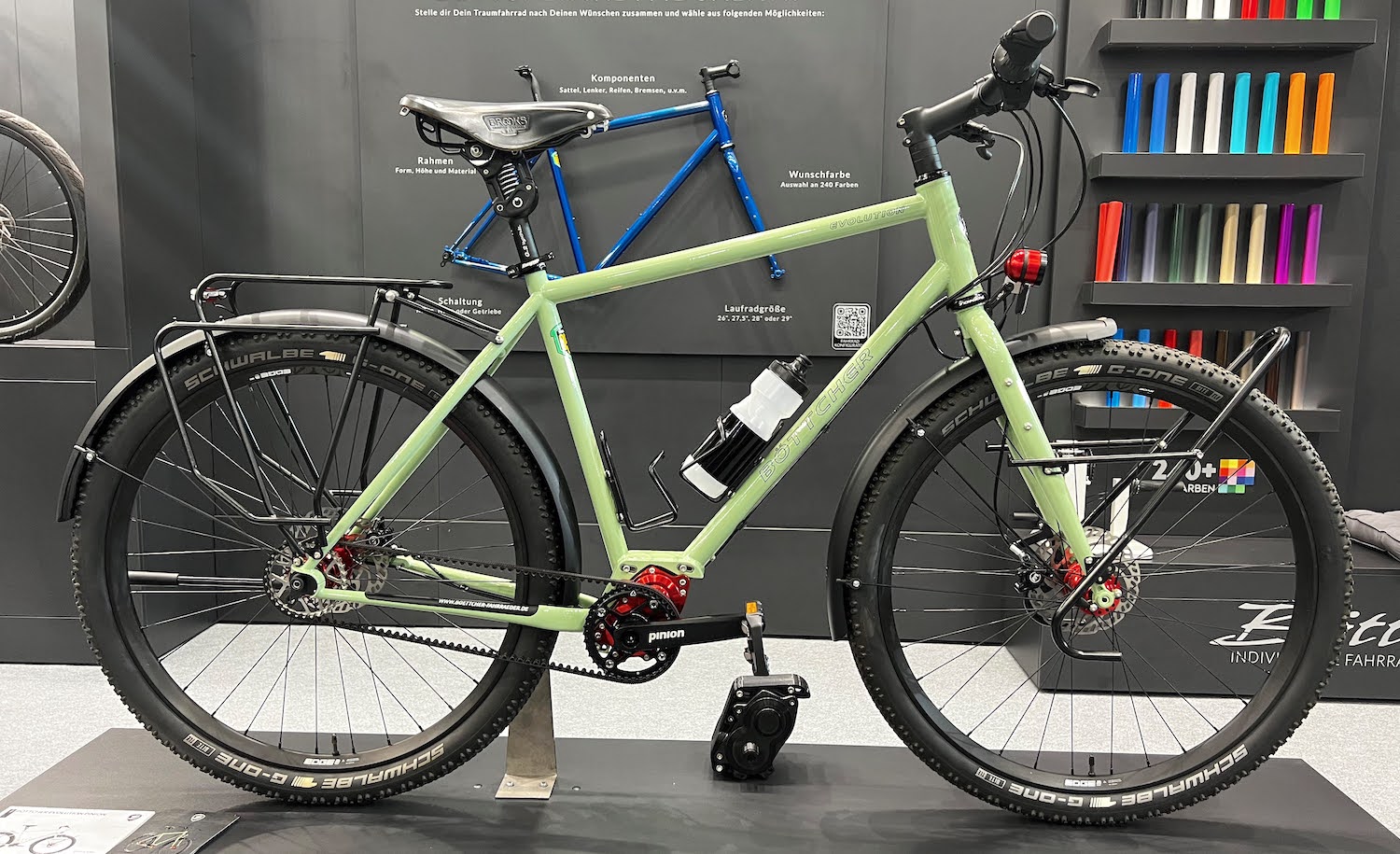



genesis (UK) http://www.genesisbikes.co.uk/bikes/adventure/adventure/croix-de-fer/croix-de-fer-ti i thought they also did ‘tour de fer’ in titanium too , but perhaps has been discontinued. awesome bikes anyway!
You missed VPace http://www.vpace.de/t1st-speedtraveller-titan-randonneur/ http://www.vpace.de/velosophics-bikepacking-kolumbien/
http://www.falkenjagd-bikes.de/en/produkte/reiseraeder/hoplit-pi-reiserad/
They won a few tests
I think you’re right.
Of course! Totally forgot them.
Thanks… haven’t seen them before!
IDWORX: The best bikes ever made in this planet
You missed Zero Cycles.
Their Swampdonkey model was the first custom ti Pinion frame outside of Germany.
http://www.facebook.com/ZeroCycles
Kualis Cycles in Japan. Master frame builder used to work at Seven cycles.
They look pretty damn nice. Here’s one that I rode when I stopped by Amsterdam a few weeks ago.
https://uploads.disquscdn.com/images/032062124ee3b09108d9148b5a40c8bd71df5bd63c6a50dcb7b238ec06a87da1.jpg
The workmanship is nothing short of amazing! I can’t find any touring bike frame/bikes built by Kualis though. 🙁
Do you know of any close up side profile shots of the Swampdonkey showing the rack but not the panniers? I can’t find any.
Charge (Uk) makes a few Ti bikes:
http://www.chargebikes.com/plug-5/
http://www.chargebikes.com/cooker-5/
Ahh, of course! Thanks.
His titanium frames are manufactured by Lynskey under the indications of Idworxs. The quality, the innovation and the level of the finishes is impressive. In the bicycle industry, they are the most avant-garde company in the world, in my opinion.
I’m pretty sure that Darren Baum has stopped making touring bikes – he announced that about three years ago.
There’s no longer a touring bike ‘model’, but you can can certainly order a custom touring bike through them.
That’s not how their announcement read. They’ve taken it off their web site, but you can find a copy at the Internet archive: https://web.archive.org/web/20141226013017/https://www.baumcycles.com/2014/12/22/the-end-of-our-touring-era/
You certainly missed something, isn’t it a Curve on this picture up there? https://www.curvecycling.com.au
I’m not sure how you determined that the Lynskey Backroad was only suitable for light touring, but Lynskey claim it to be pretty well indestructible. I have one and it’s certainly much more than a light tourer!
I determined that mostly from the steering speed, but also with the way people seem to build them up. I’ve reviewed the geometry again and based on a few more numbers I think I’ll change it to ‘long distance touring’.
Black Sheep ?
Lynskey stopped assembly of them using touring gears because it wasn’t the latest and greatest. Didn’t seem to matter that the ratios were pretty well useless for serious touring. I built up my own to suit my needs. Attached pic shows it in touring mode,.
Hopefully pic loaded this time
Alee, Here is another entry. Spa cycles of Harrogate UK make titanium bikes.
I want to mention my good friends company based out of Japan called DeMonchaux Titanium Bicycles. He will work with you on any build you throw his way.
http://www.dmcx.com